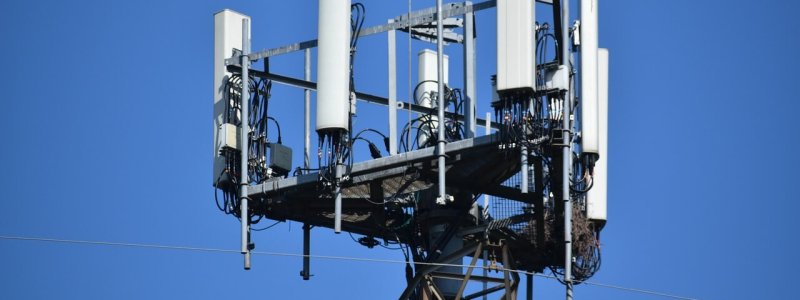We’ve been spending an awful lot of time recently talking about GPRS and mobile data on our Next Generation Comms Data courses – we’ve also been talking about 4G and 5G networks, 4G Calling and techniques such as SRVCC, which allow 4G calls to continue even if 4G coverage runs out.
All this means that we’ve had the opportunity to think more deeply about the ways in which GPRS and mobile data services are billed for and how the billing for those mobile data services differs from the billing captured for traditional voice and SMS connections.
Mobile data billing records are a tricky topic, because they can’t be taken at face value.
A mobile data event record might appear to say, for example, that a data session started at 12:00 and used a specific cell – so it would seem to be perfectly appropriate for a comms data analyst to produce a report that states that the evidence shows that the phone in question was within the coverage of that cell at 12:00.
Unfortunately the relationship between the ‘start time’ and the ‘start cell’ in most mobile data billing scenarios is potentially far less straightforward.
It is possible that the cell listed as the ‘start cell’ in a record was actually used minutes or even hours before the stated ‘start time’ and therefore the use of a conclusion that places the subject phone within the cover of a cell ‘at’ the start time might not be advisable.
This is a complex and, as I said earlier, tricky topic and far too convoluted to be covered adequately in a blog post, so we’ve updated our ‘GPRS Billing’ technical brief and published it here.
The first version of this technical paper was published 3 or 4 years ago and has gone through a few revisions since – this new version, v3.1, has been almost completely rewritten to take into account the new ways of explaining the topic that we’ve developed as a consequence of discussing it on our well-received comms data courses. It offers a clearer and more comprehensive treatment of the topic, with a number of practical examples of different mobile data billing scenarios included.
The updated technical brief is available to download here and from the CSAS Support site.
Further details about our range of comms data analysis course, including the Next Generation Comms Data course mentioned above, are available here.
As ever, we’d be happy to receive questions, suggestions and comments on the technical paper – if you want to contribute please use the ‘reply’ facility below.




